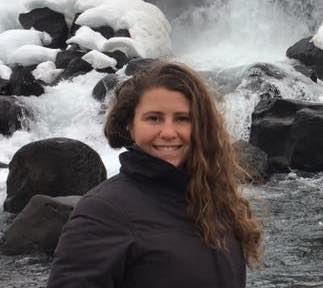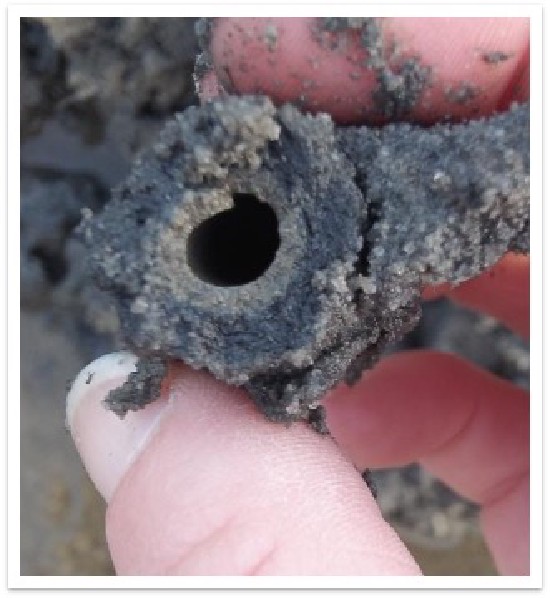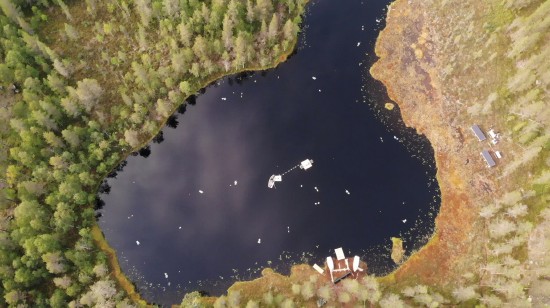
Biography
I am a benthic ecologist located in Stockholm and Gothenburg, Sweden. I conduct environmental baseline studies and monitoring of benthic habitats for offshore infrastructure. I also conduct original research in marine biomechanics with a focus on how benthic organisms interact with their fluid environment. I use my background in both organismal biology and fluid physics to study how organisms respond to environmental change, influence ecosystem processes, and impact engineered systems. I have conducted field surveys and laboratory experiments to study the ecology and biomechanics of coastal burrowing organisms. I have conducted long-term, high resolution monitoring of environmntal parameters to investigate the varying and extreme conditions intertidal burrowing animals must contend with and studied the effects of temperature on behavior and mass transport in worm burrows. I also conducted detailed laboratory studies on the effects of biofilms on boundary layer flow dynamics, finding that biofilm fouling significantly impacts ship performance due to a large drag penalty. During a postdoctoral position at Umeå University, in northern Sweden, I studied interactions between burrowing organisms and biofilm on sediment-water transport processes in lakes.
Interests
- Biomechanics
- Environmental fluid mechanics
- Biofilms
- Aquatic invertebrates
- Benthic ecology
Education
-
PhD, Environmental Sciences, 2018
University of Virginia
-
BA, Integrative Biology, 2009
University of California, Berkeley




